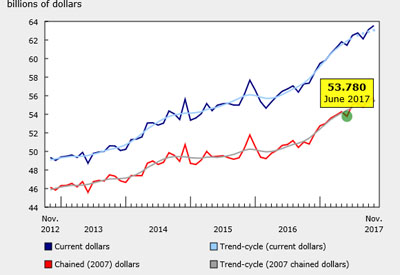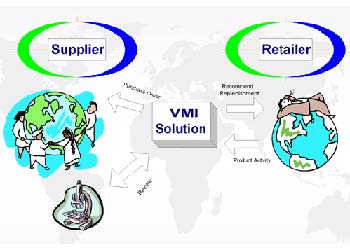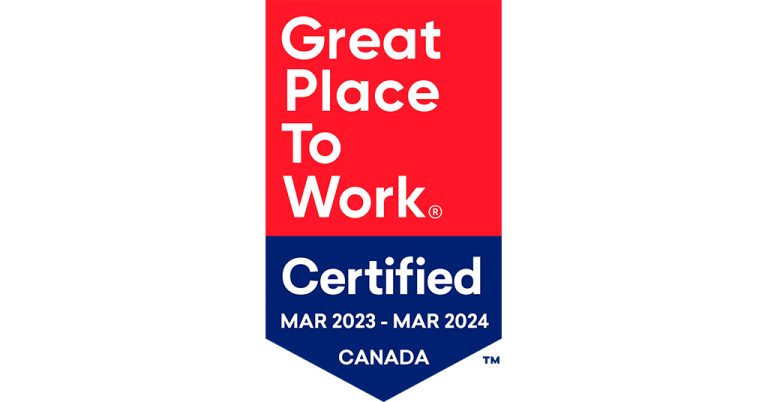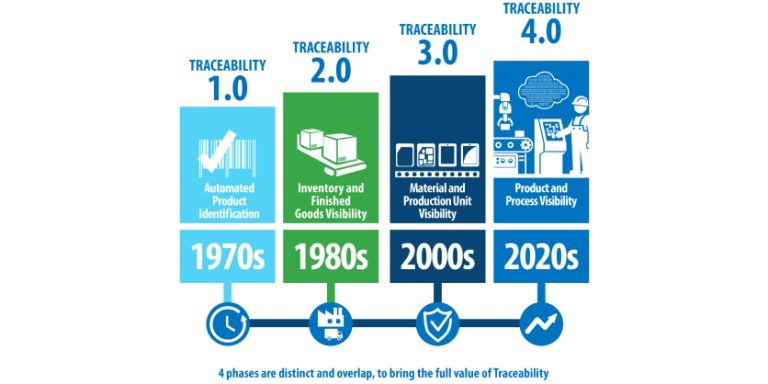Managing Multiple Customers: 5 Tips for Juggling Customers, Callers and Walk-ins

July 30, 2018
By Jeff Mowatt
You know the scenario… your workday is running smoothly and manageably when suddenly you find yourself dealing with one customer in front of you, another on the phone, while a third arrives with just a quick question. When organizations bring me to conduct customer service seminars, I find this is one of the most frequent challenges frontline employees ask me to address. While there are no absolute rules for juggling customers (you need to adapt to your workplace’s business realities), here are five tips that we find work well for our clients in reducing stress and boosting customer loyalty
1. Remember, this is good
Having lots of customers wanting to do business with you is wonderful. It means you and your organization are in demand. The obvious solution to juggling multiple customers is just to hire more people. Of course that’s oversimplified, and may make no economic sense, especially when there may be only one or two rush periods during the day or week. When you see more customers arrive, don’t let them see you sweat. Take the professional approach and broaden your smile, even though it may be slightly forced. Keep in mind the adage of L.L. Bean who said, “Customers are not interruptions to your work, they are the purpose of your work.
2. Don’t make things worse
One of the most frequent gaffs in frontline service is when a customer needs to ask a question but the employees are preoccupied — talking with each other. Even more aggravating is when the staff congregate to socialize while customers are left to fend for themselves. The place for employees to chat and hold meetings is in the staff area, not in front of customers. When you’re on the floor, make yourself visible and available to customers. Of course, that also means not interrupting your co-workers who are talking to customers. If you need to talk to a coworker who’s taking care of a customer, give your colleague a quick nod, then let him/her come to you when they’ve finished with the customer. If you absolutely must interrupt, then excuse yourself and apologize to the customer for the interruption, and as you leave thank the customer for their patience.
3. Walk-ins take priority over phone-ins
If you already have a visitor in front of you when the phone rings, the visitor gets priority. The visitor took the time/spent the gas money to arrive in person. Unless you have callers with genuine emergencies, don’t interrupt a visitor to pick up the phone. That’s what voice mail is for. If you must take the phone call, ask the visitor’s permission, explain that you want to focus on them, so you’ll quickly take a message and get back to your conversation. Then tell the caller that you are with another customer but will look into their request and call them back. That way, even if the caller insists on immediate service, the visitor sees that you are at least trying to make them the priority
4. Acknowledge walk-ins right away
If you are on the phone or face-to-face with a customer when a visitor walks in, acknowledge the visitor immediately with eye contact, a smile and a quick, “I’ll be with you in just a few minutes (or however long it will be).” By acknowledging the visitor, you are conveying that you are aware of them and that you are working quickly. And it tells the person in front of you that you have other people waiting. Usually, they’ll get the hint that you need to wrap up.
A common challenge is how to politely interrupt a phone caller to acknowledge a walk-in visitor. Here’s a quick tip: say the person’s name. “John, excuse me. I just had someone walk into my office, may I put you on hold for a moment? Thanks.” Beginning with the person’s name gets their attention immediately without being rude.
For new arrivals who have just a quick question… If it is indeed quick, that’s great; give them the 10 seconds they need and then get back to your first person. If it’s going to take more than 10 seconds then tell the person, “That’s going to take a few minutes to go over, so I’ll finish taking care of this person, which will take me about x minutes, then I’ll be happy to help you. Meanwhile, if you’d like to sit, grab a coffee… Thanks.
5. Address chronic staffing/line management issues
In #1 I pointed out that hiring more staff may not make economic sense. However, when customers constantly get the impression the organization is disorganized, understaffed or uncaring about customers’ time, that’s a problem that requires more than just having staff work faster. Managers need to either hire more staff, consider moving phone calls to a call centre, or implement line management practices. Speaking of which, you’ll find tips on handling waiting lines by clicking on my related article, “Yes, I Mind Waiting”. Meanwhile, be thankful that business is so good. Here’s hoping that this helps makes managing multiple customers less frustrating for everyone concerned.
This article is based on the bestselling book, Influence with Ease by Hall of Fame motivational speaker Jeff Mowatt. To obtain your own copy of his book or to inquire about engaging Jeff for your team, visit www.jeffmowatt.com. Watch for more articles from Jeff in future issues.











